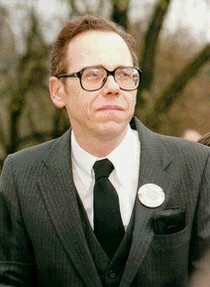 If the road towards the first electric chair was paved with business and blood, then what about today? Let's follow the money.
If the road towards the first electric chair was paved with business and blood, then what about today? Let's follow the money.
Before diversifying into the manufacture of execution equipment, Mr Leuchter was a military arms dealer.
These days, he supplies both electric chair and lethal injection apparatus, which he considers to be a 'humanitarian' gesture. (Not to mention 20% profit on all spare parts.)
But his most notorious claim to fame came after he testified in a Canadian court of law that the Holocaust did not happen. His findings became internationally known as that infamous document, The Leuchter Report.
Now utterly discredited*, the report described how Leuchter had visited Auschwitz, Birkenau and Majdanek. As the chief provider of American execution equipment, he stated that none of those Death Camps could possibly have been used to kill a single inmate. From an engineering perspective, he alleged, there was no evidence that they had been.
Fred Leuchter Associates was also criticized, in 1990, for 'unorthodox business practices'. The Assistant Attorney General of Alabama, Ed Carnes, appeared on Newsweek to report what was happening here. It seemed that if a certain state refused to purchase execution apparatus off the company, then Mr Leuchter would rush to the courts.
He would use his expert knowledge to determine that the execution chamber would malfunction, thus it was not fit for purpose. By American law, this would result in a stay of execution, while the issue was investigated.
Naturally all of this finally led to Leuchter being investigated by the state of Massachusetts, where he lives. A prosecution was swiftly forthcoming. It turned out that he had no qualifications whatsoever, which entitled him to either manufacture electric chairs nor speak as an expert witness on executions.
Nevertheless, it's still his electric chairs which are used in most US states, where such a mode of execution is permissible. So let's hear from him how it all works.
* For the record, Professor Jan Markiewicz, Director of the Forensic Institute of Kracow, re-examined all of the aforementioned Death Camps. He proved conclusively that they had indeed been used for the extermination of millions of inmates.


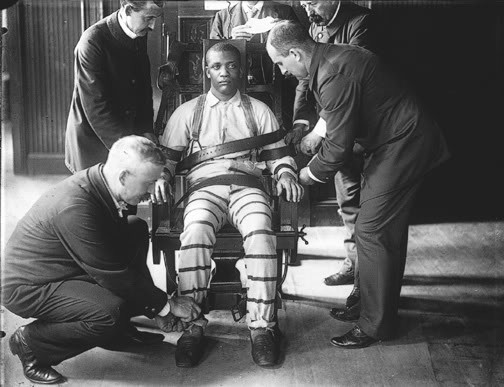


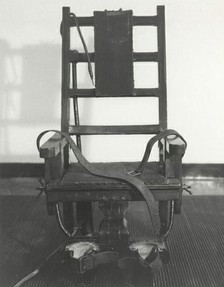 It is said that the road to Hell is paved with good intentions. The origins of the electric chair certainly fit the bill.
It is said that the road to Hell is paved with good intentions. The origins of the electric chair certainly fit the bill.


 If the road towards the first electric chair was paved with business and blood, then what about today? Let's follow the money.
If the road towards the first electric chair was paved with business and blood, then what about today? Let's follow the money.


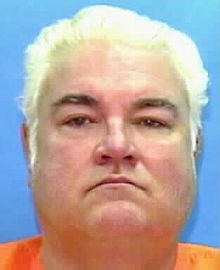 No-one is disputing that Allen Lee Davis was not a pleasant man. He had broken into the Weiler family home and brutally beaten to death Nancy Weiler. She was three months pregnant at the time.
No-one is disputing that Allen Lee Davis was not a pleasant man. He had broken into the Weiler family home and brutally beaten to death Nancy Weiler. She was three months pregnant at the time. Freud Rumsin
on 06/06/2012
Freud Rumsin
on 06/06/2012













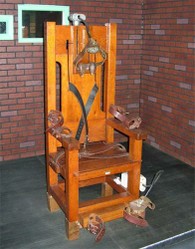

 St Tydecho's Churches in West Waleson 09/03/2014
St Tydecho's Churches in West Waleson 09/03/2014
 Goodies for an Outlander Premiere Partyon 03/06/2015
Goodies for an Outlander Premiere Partyon 03/06/2015
 Holocaust Memorial Day Interview with Rainer Höss, Grandson of Rudolf Architect of Auschwitzon 01/24/2015
Holocaust Memorial Day Interview with Rainer Höss, Grandson of Rudolf Architect of Auschwitzon 01/24/2015
 Romantic Valentine Gifts for an Outlander Fanon 01/16/2015
Romantic Valentine Gifts for an Outlander Fanon 01/16/2015


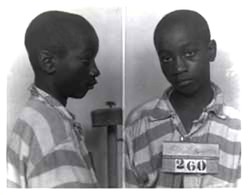
Comments
Not the easiest of sentences to serve.
I bet they do!!
I'm glad that I gave you some food for thought. :)
Yes, child murderers in prison tend to spend their whole sentences in fear of attack from other inmates.
It certainly makes you think about things a bit more. I never had a strong opinion for or against, though for child killers you want to throw the book at them. I think life imprisonment is best. It's not like their lives will be any easier in there.
Gas has been used and the biggie in America today is lethal injection. Both are equally problematic, which is why two states have kept the right to use the electric chair, even after retiring it.
I am looking to write companion articles, which cover all of the methods in use in the world today. I'll bump those two up my priority list, so you can see.
Thank you for commenting, Lucas. <3
It doesn't make sense that this method of execution is still used.. There's so many other methods to kill with much less trouble, pain and mess (yes, I do consider blood and burning flesh as mess).. Cyanide would've been much faster and efficient...